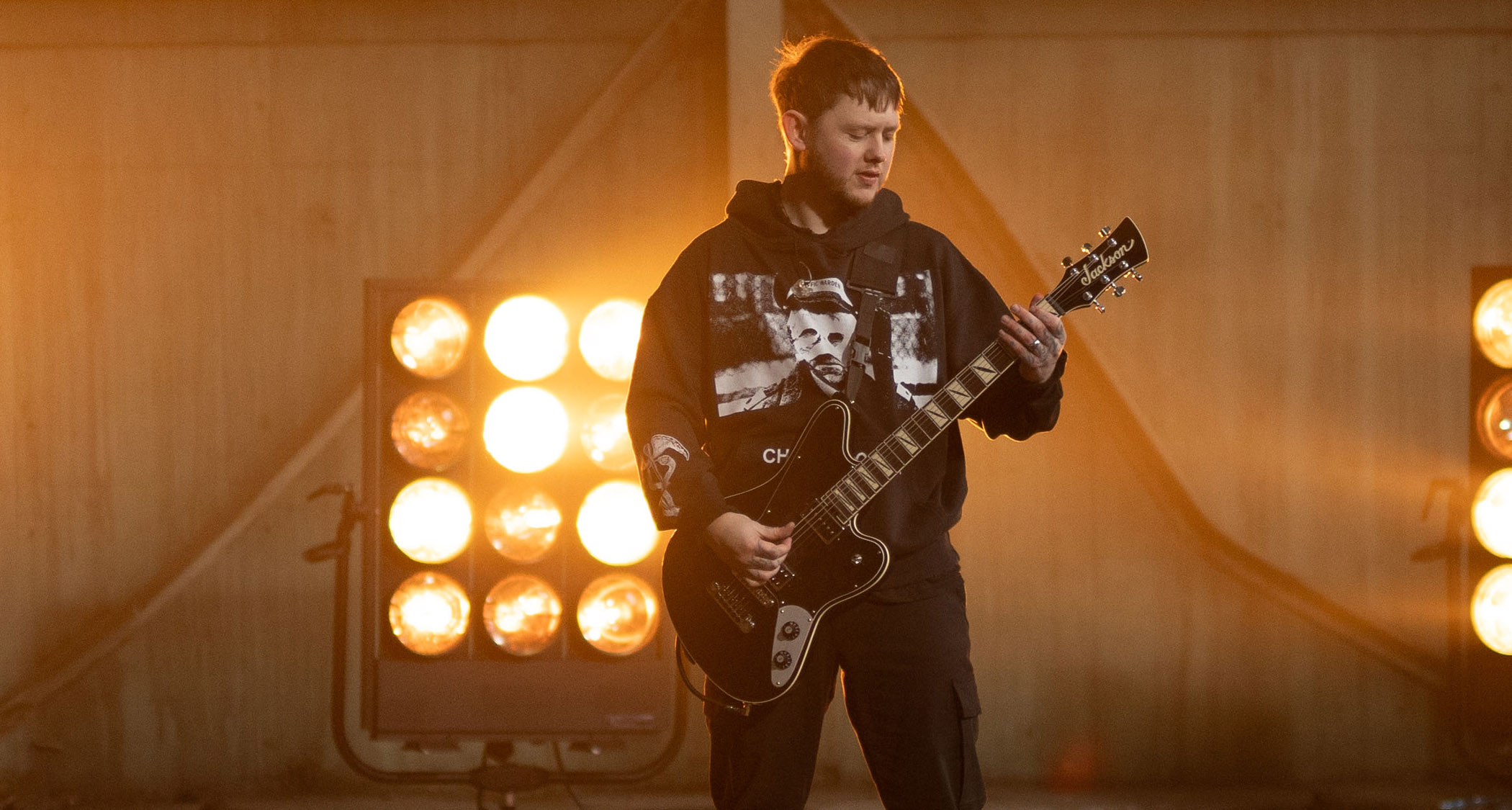
Bring Me The Horizon were under no illusions that Sempiternal needed to be deliver the goods. Their profile was growing. Understandably there would be some nervous energy, what with this being the first album on a major label and all that – an artistic statement was required.
As guitarist Lee Malia recalls, sitting down with MusicRadar at Jackson’s London HQ to launch his new signature guitar, the gnarly Pro Series LM-87 offset, there was no question that they were feeling a little heat.
“This was the first album on Sony,” he says. “We had had quite a bit of time off with personal stuff, and so there was a lot of pressure coming back after all that time, and coming back with something fresh.”
Fresh has always been the intention. There is a restlessness to the Sheffield metallers’ metalcore-redux sound; the clue is in the band’s name. With Sony’s RCA Records picking them up following the success of 2010’s There Is A Hell…, this was the time to really push it.
Sempiternal had a lot to live up to. There Is A Hell… was an aggressive expansion of their sound. Skrillex was brought on board to collaborate, so too the Canadian artist Lights. It even had a choir.
But they came prepared. Sempiternal would be the first time that BMTH had an album all but fully written by the time they hit the studio.
It seems crazy now. We used to jam, write a song, and then just remember it, and then record it. It was all in your head!
“That was the first album were we’d demoed it, made it on the computer so that we could actually listen back to it,” says Malia. “Every album before then was just in our heads.”
He laughs at the thought of it that it was only four albums in that the penny droppedx. “It seems crazy now,” he says. “We used to jam, write a song, and then just remember it, and then record it. It was all in your head!
“That was the first album where we made everything on the computer, where we had everything. We pretty much had the album to listen to before we recorded it. We just took some steps in [being] more professional and prepared to record.”
Help was at hand. In producer Terry Date, Bring Me The Horizon had the consummate professional in the control room. Date had been there, done that. By the summer of 2012, when Sempiternal went into production at Angelic Studio, in Northamptonshire, Date’s credits list read like a who’s who of contemporary metal.
“We chose Terry because of Pantera, Deftones, Limp Bizkit, loads of bands we grew up listening to. ‘Who produced that one? Terry.’ And so it just seemed like a good choice,” says Malia.
Date was the right man for the job; he had the temperament to take the heat out the situation and let them concentrate on the work.
“Oh, he’s awesome. He’s like the nicest guy you’ll ever meet,” says Malia. “He’s just nice to be around, just super upbeat all the time, super calm, no stress, which in the studio is a big thing, to have someone like that who is not going to stress you out. I’ve watched some videos of producers, they’ll get you playing and then throw stuff at you. Not for us. We want to be just pretty calm and boring.”
Date was as nice as pie. But he was going to make BMTH put in the work. Sempiternal was another first; they would get in the studio and work on preproduction, and that made the difference in getting the material together, making the studio performances tight.
This was studio album number four. They weren’t rookies. And yet this was the first time Malia had heard even heard the word preproduction.
“We didn’t know what it was!” he says. “And Terry was like, ‘Oh, we’re doing preproduction. We’ve rented a studio in Sheffield.’ We just played through the tracks as band – because we had written all of these songs as demos, on a computer.
“We hadn’t actually jammed this stuff together. It was good. We went into the studio. Matt was way more comfortable because he knew all the parts. Yeah, it was the first time anyone had asked us to practise them.”
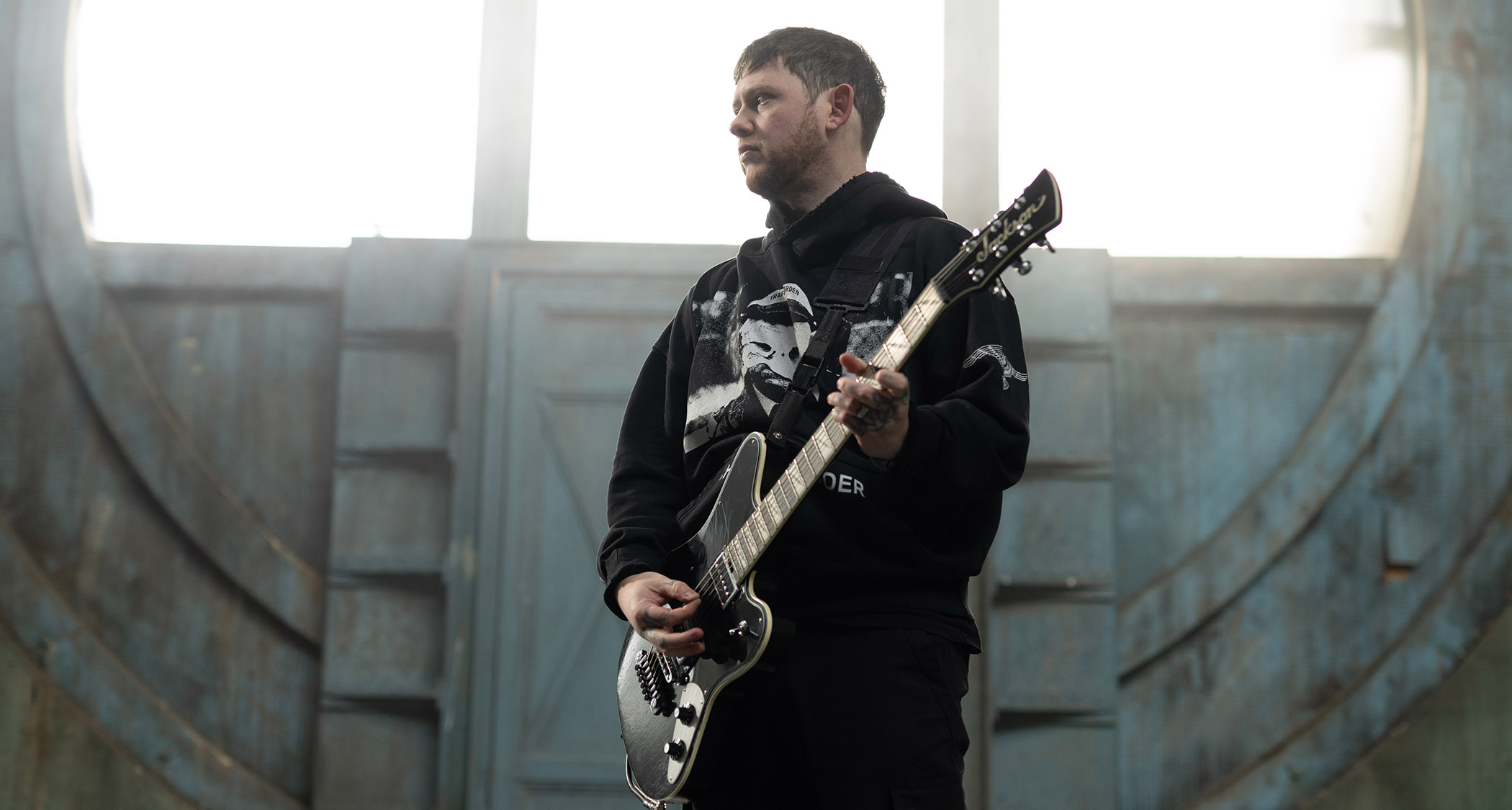
A personnel reshuffle welcomed Jordan Fish on electronic keyboards. With Fish onboard, the material was going to be more challenging. The electronic elements took on a greater dimension. His ear for arrangements would also give Malia some tactical support. Before it had been him and frontman Oli Sykes working it through.
Speaking to MusicRadar in 2019, Malia credited Fish for changing the songwriting dynamic. “[Before] It was really just me and Oli. He can’t play guitar but he’ll sing a part,” said Malia. “With Jordan, he can play guitar but he has a whole different approach and when you add it all together it becomes more interesting.”
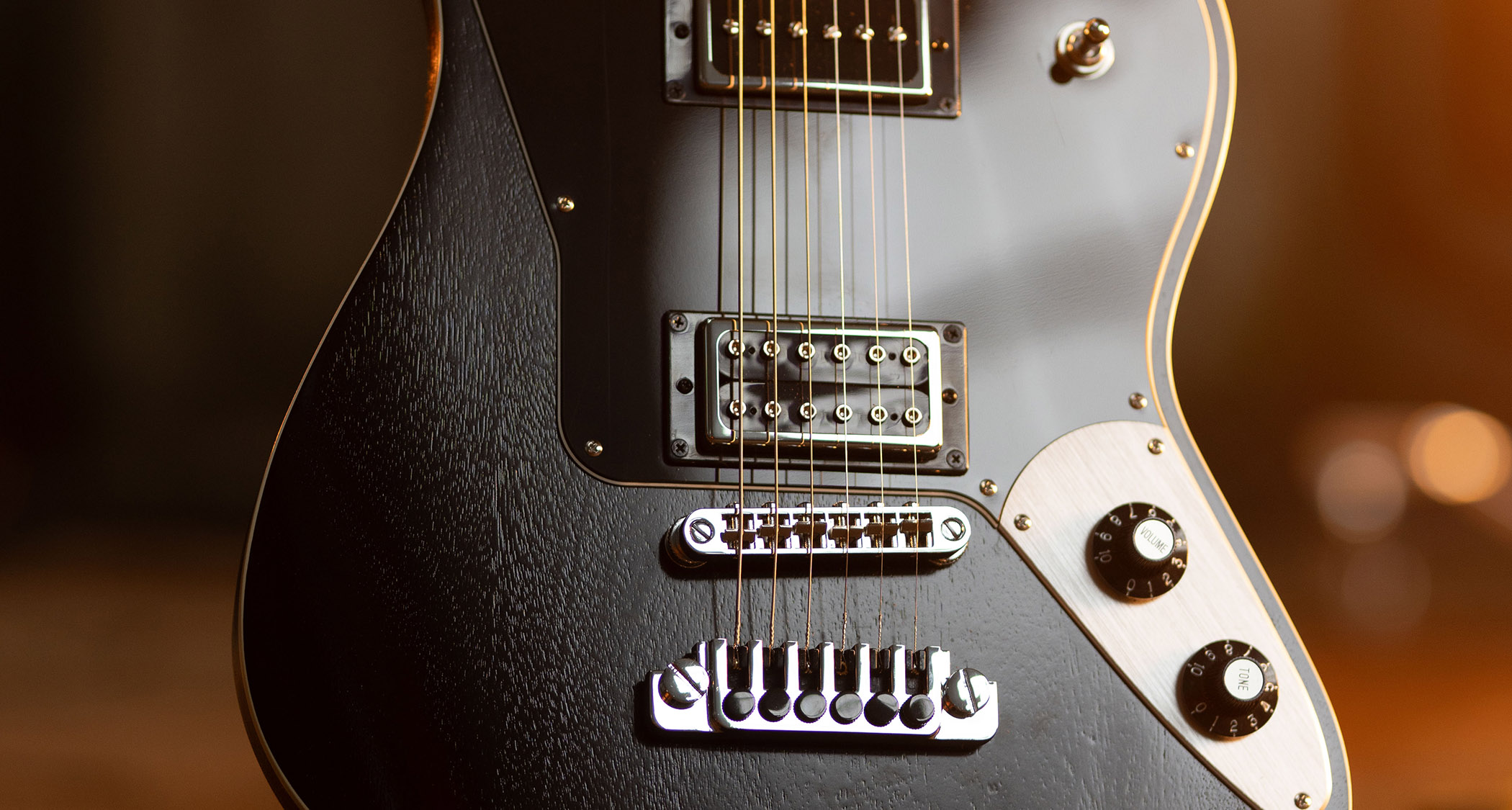
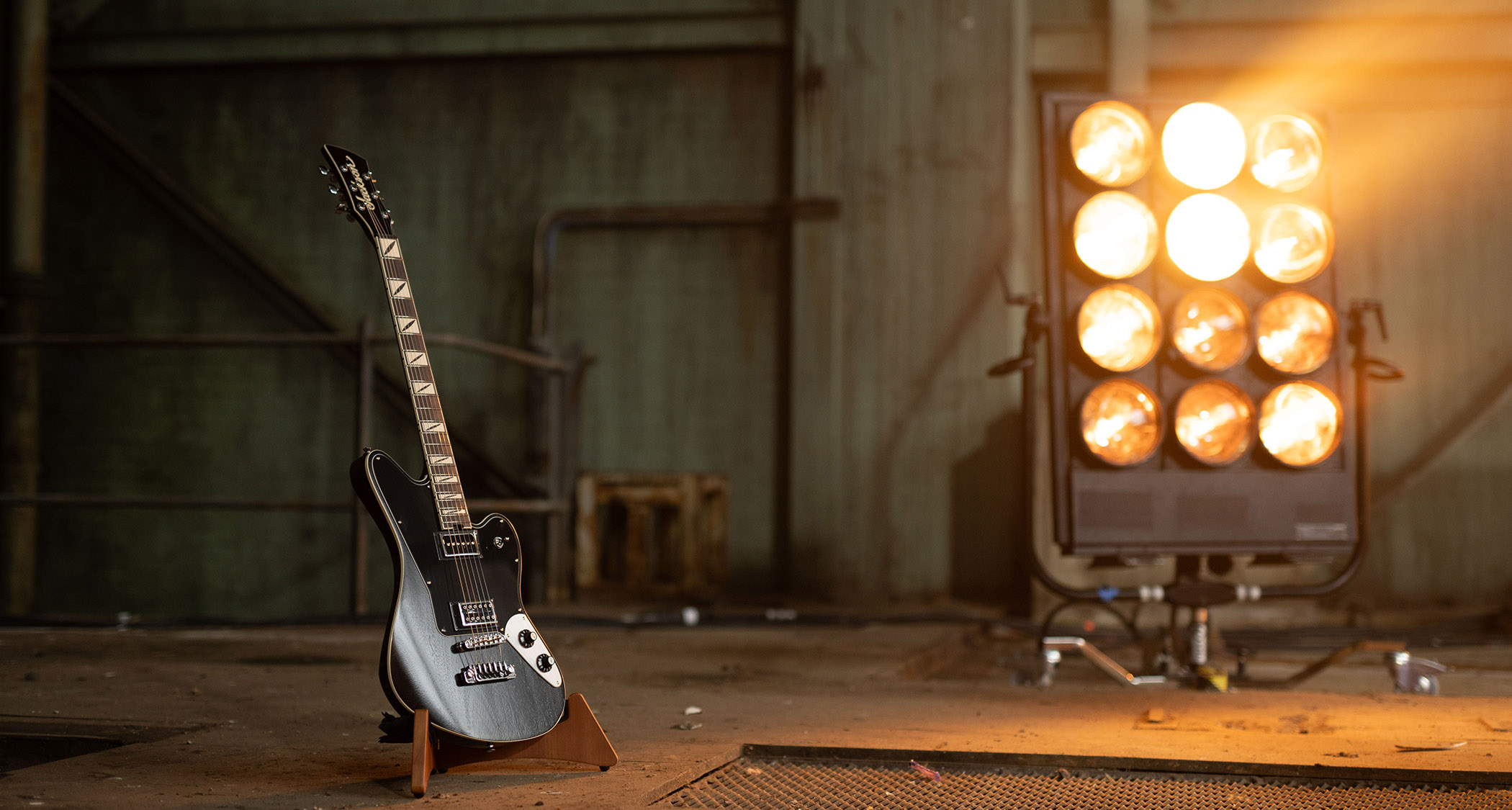
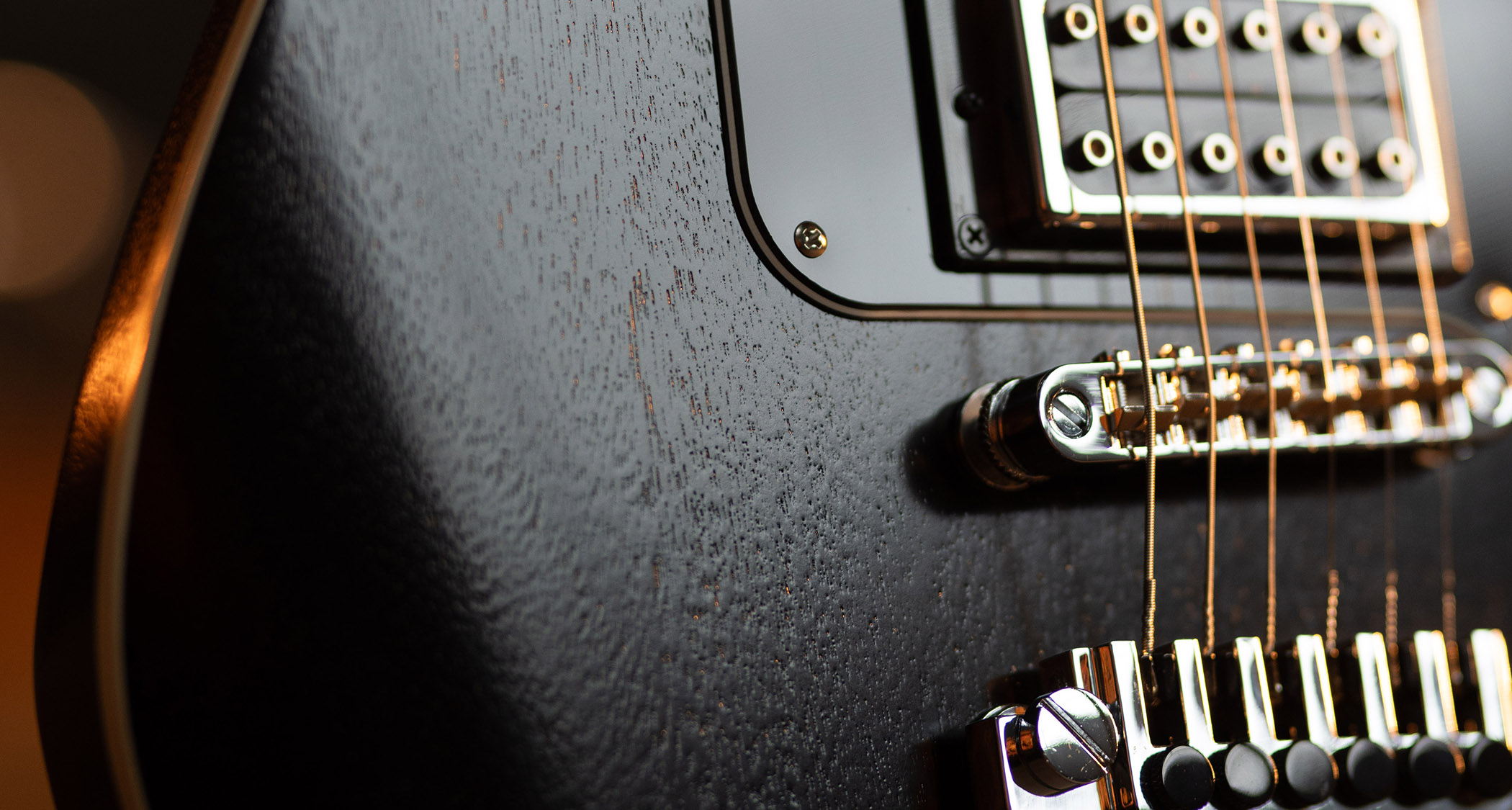
Fish would hear Malia’s guitar parts differently. He had the confidence – and the imagination – to suggest changes to riffs and it changed how Malia approached the instrument.
“He’ll sit there and chop something up and I’ll figure it out, like, ‘Oh, that’s how I should play that!’” said Malia. “I am not approaching it like a guitar player; it’s just sounds, if you know what I mean.”
And if they’re just sounds, you can afford to be less precious about them, to discard them once they’ve done they’re job and move onto something new. That’s what separates BMTH from their then peers in the metalcore scene, and why it has long been difficult to categorise them.
“Even when we did There Is A Hell... we knew we wanted to go a bit more experimental,” said Malia. “We have never been too attached to the scene that we are in. As we got older, we realised that songs don’t have to have 100 parts, with every single sound you could make. You learn more. It’s aging. We grew up, but we were doing it through albums.”
A record needs an anthem. Shadow Moses was Sempiternal’s. Sykes looked to Metal Gear Solid for inspiration, sampling it in the intro.
The guy who made Metal Gear Solid is now a fan. Kojima, when we are in Japan, he comes and sees us
“That’s all Oli,” says Malia. “The guy who made Metal Gear Solid is now a fan. [Hideo] Kojima, when we are in Japan, he comes and sees us – and he made Metal Gear Solid. Pretty cool.”
It had everything a BMTH would need. It works the dynamic range that Malia has been obsessed with since the start, and there’s a reason why it is almost always in the live set – it invites the crowd to singalong. And it had a killer riff.
“The previous album, I feel like we had gone away from the classic breakdown sound,” said Malia, speaking to Jackson Guitars in 2023. “With this one, we wanted to make the classic breakdown but make it super catchy… It’s simple, but I think that’s why it was so catchy”
Looking back, Malia says Shadow Moses was the statement they were looking for.
“Yeah, because I think it was the first time Oli had sung the chorus and not just screamed, so I feel like that song had everything we needed to come back with,” he says. “It were heavy enough. It was catchy. It had new elements in there, but not too many to be a bit jarring. It was the perfect comeback. Yeah, definitely, from going through the album, we knew that would be the comeback song.”
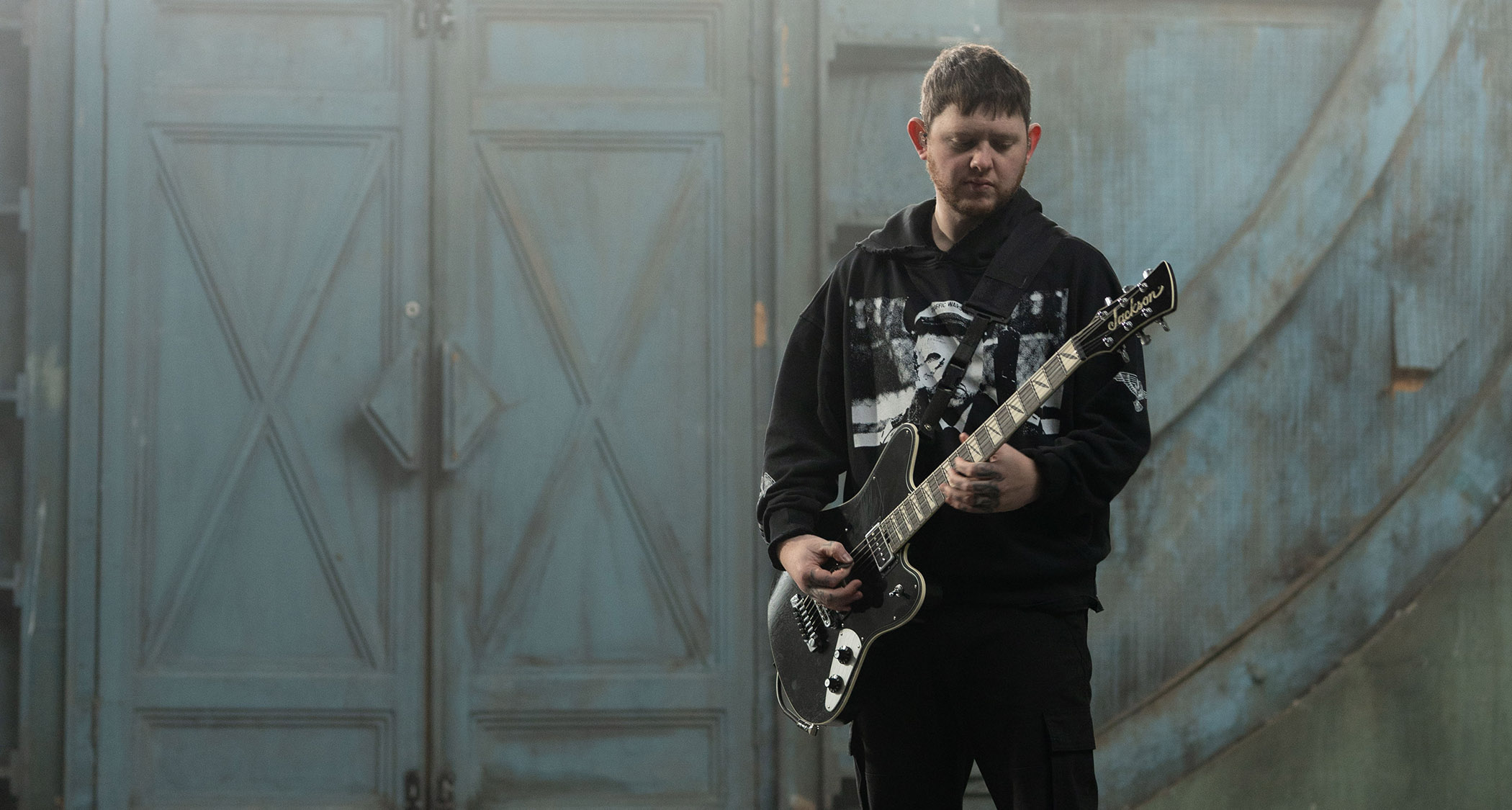
Malia did not waste a lot of time dialling in an electric guitar tone on Sempiternal. He knew what he was after. By that point he was playing Epiphone guitars and had his signature Les Paul in the studio. Malia’s Shadow Moses tone is distilled from simple elements; a Marshall amp and a Holy Grail overdrive pedal.
If anyone is like, ‘What rig would you want?’ I’m just like, ‘An 800, a 4x12 with V30s, and a Klon. That’s it
“That’s an [JCM] 800. A Klon,” says Malia. “Before that I was using an [Fulltone] OCD. It was one of the old OCDs. They’ve done about 20 different versions, like the 1.6, the 1.2 – it was like a 1.4 version of that, into an 800, and all just level and no gain added. The studio we were in, they had an original Klon so I got to use an actual original Klon into an 800, and just ran it super loud.
“For me, if anyone is like, ‘What rig would you want?’ I’m just like, ‘An 800, a 4x12 with [Celestion] V30s, and a Klon. That’s it. That was another thing with Terry Date. He’ll actually get guitar tones, so I’ll just set up my stuff, play, and he’ll go, ‘Yeah, that’s cool.’
I’m so used to thinking that, ‘He must add the special stuff now.’ He just put a [Shure SM] 57 in front of it and said, ‘That’s good.’ It was good for me. Fine! It was so simple.”
Maybe the secret sauce comes later? “Maybe, he must do,” adds Malia. “He must EQ with the Neves or whatever he was using.”
The fact that the Klon Centaur overdrive – or rather its clones – are such a key component of Malia’s tone speaks to its versatility. It’s not just for the boutique blues guitar crowd, and the disciples of John Mayer.
It is also an example of how you can get a face-ripping metal guitar tone without chasing high-gain options for each stage of your signal chain. Sometimes adding more gain, more saturation takes the aggression out of your sound. Malia uses less gain than you might think.
A few years back, Malia explained to us why is love of Marshall amps, be it a Super Lead or JCM800m, was all about the feel of them and a “direct, attacking” tone. “They are so direct and you can’t hide behind anything,” he said. “Everyone who tries my amp says, ‘Oh you haven’t got much gain.’ But it sounds gain-y.”
Malia’s go-to Klone clone is from Edinburgh custom-stompbox builder MadeByMike. Over the years, his live pedalboard has doubled up on the Klon-style drives with a JHS-modded EHX Soul Food. He still doesn’t own the real thing. Maybe one day.
“It is the silver Klon that I like, the silver original one,” he says. “I played the gold one. I mean, I don’t know if there is that much difference but I always got on with the silver one. I’ve never actually bought one, so I have always had clones, but they’re super close, they’re that close.

“I’ve A/B’d them in the studio. When we did Amo, they had a Klon and I had my clone, and it was so close, maybe there was a little bit of bass difference in them – and that would do live. Rather than taking a three-grand pedal on tour I’ll take this £200 clone with me instead! [Laughs].”
For all the pressure going in, Malia says the closest they got to drama when making Sempiternal was hiring David Bendeth to mix the record. Date’s original mixes worked on some tracks, but on an arrangement like Can You Feel My Heart – which is driven by synthesizer – they were too old-school.
“It all just came together,” says Malia. “A lot of work, but everything just seemed to happen at the right time with that album.”
- The Jackson Pro Series Lee Malia LM-87 is available now, priced £849/$899. See Jackson for more details.







